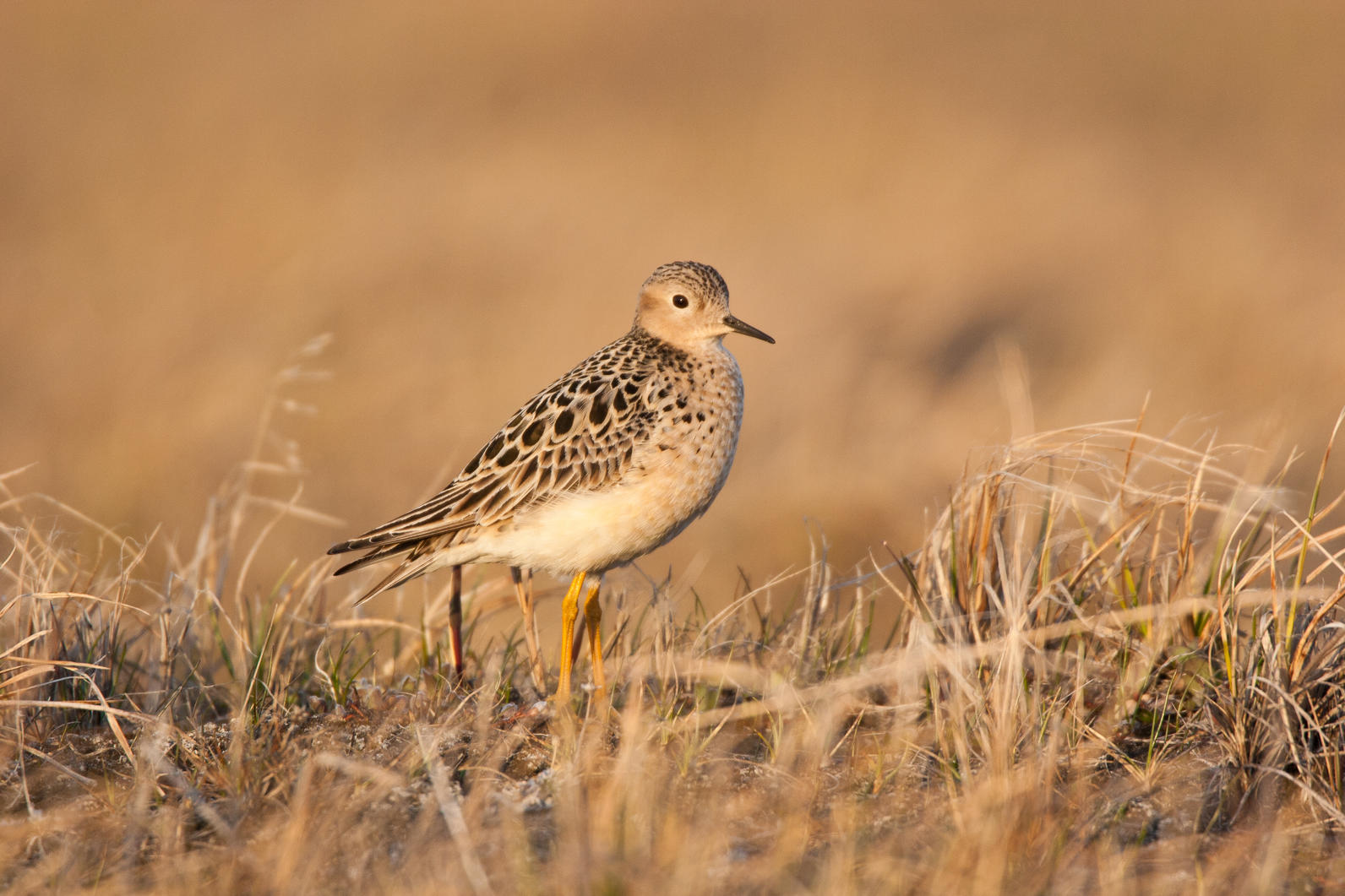
Washington, DC (September 12, 2019)—Today, the Bureau of Land Management released its final environmental impact statement (FEIS) for oil and gas drilling within the coastal plain of the Arctic National Wildlife Refuge, an area that is pristine habitat for birds and other wildlife. The FEIS describes a massive increase in disturbance and destruction across the Arctic Refuge, from which birds and other wildlife cannot escape, and from which the landscape and habitat will never fully recover. This is the latest move by the administration in a rushed process to begin oil and gas development in one of the nation’s most remote and ecologically important landscapes. A final Record of Decision (ROD) is expected in approximately 30 days. A lease sale to auction tracts of land is expected later this fall or winter.
The FEIS greatly underestimates the impacts from oil and gas development activities on resident species like polar bears, caribou, and millions of migratory birds. It also downplays impacts on the tundra and permafrost that support the Arctic ecosystem and the consequences of these impacts will have on the people who use and rely on the Refuge.
“Audubon is steadfast in its determination to protect the Arctic National Wildlife Refuge—the world’s bird nursery—from irreparable harm,” said Sarah Greenberger, senior vice president of conservation policy for the National Audubon Society. “Drilling in the Refuge would have devastating results for the birds, wildlife, and people who depend on this vital ecosystem.”
Birds from every U.S. state rely on the Arctic National Wildlife Refuge. From Pacific Brant in California, to Semipalmated Sandpipers seen in Florida, and the Snow Geese who winter in the southwest—all make the incredible journey back to their summer home in the Arctic. The Refuge is an essential subsistence resource for the Indigenous Peoples of Alaska and Canada and is also the most important onshore denning habitat for polar bears in the United States.
“Oil and gas infrastructure in the Arctic Refuge, when considered in conjunction with climate change, poses an existential risk to several Arctic bird species,” said Natalie Dawson, executive director for Audubon Alaska. “Yet, the FEIS glosses over this stark reality, blurring the connection between oil development, climate change, and impacts on birds. It is beyond irresponsible to proceed with auctioning off portions of the Coastal Plain without a thorough and complete dataset on wildlife population trends and their habitat use in the Refuge. This FEIS is full of glaring data gaps.”
The National Audubon Society joins a coalition of Indigenous, human rights, and environmental organizations in opposing the Trump administration’s efforts to pursue oil and gas development in the Arctic National Wildlife Refuge. Read the coalition’s joint statement on the release of the FEIS for further details.
About Audubon
The National Audubon Society protects birds and the places they need, today and tomorrow, throughout the Americas using science, advocacy, education and on-the-ground conservation. Audubon's state programs, nature centers, chapters and partners have an unparalleled wingspan that reaches millions of people each year to inform, inspire and unite diverse communities in conservation action. Since 1905, Audubon's vision has been a world in which people and wildlife thrive. Audubon is a nonprofit conservation organization. Learn more how to help at www.audubon.org and follow us on Twitter and Instagram at @audubonsociety.
Since 1977, Audubon Alaska's mission is to conserve the spectacular natural ecosystems of the state, focusing on birds, other wildlife, and their habitats, for the benefit and enjoyment of current and future generations. Audubon Alaska uses science to identify conservation priorities and support conservation actions and policies, with an emphasis on public lands and waters. Audubon Alaska is a state office of the National Audubon Society. Learn more at www.AudubonAlaska.org.
Media Contacts
Jason Howe, Media Relations Manager, National Audubon Society, jason.howe@audubon.org, 415-595-9245
Rebecca Sentner, Communications Manager, Audubon Alaska, rsentner@audubon.org, 907.276.7034
###



